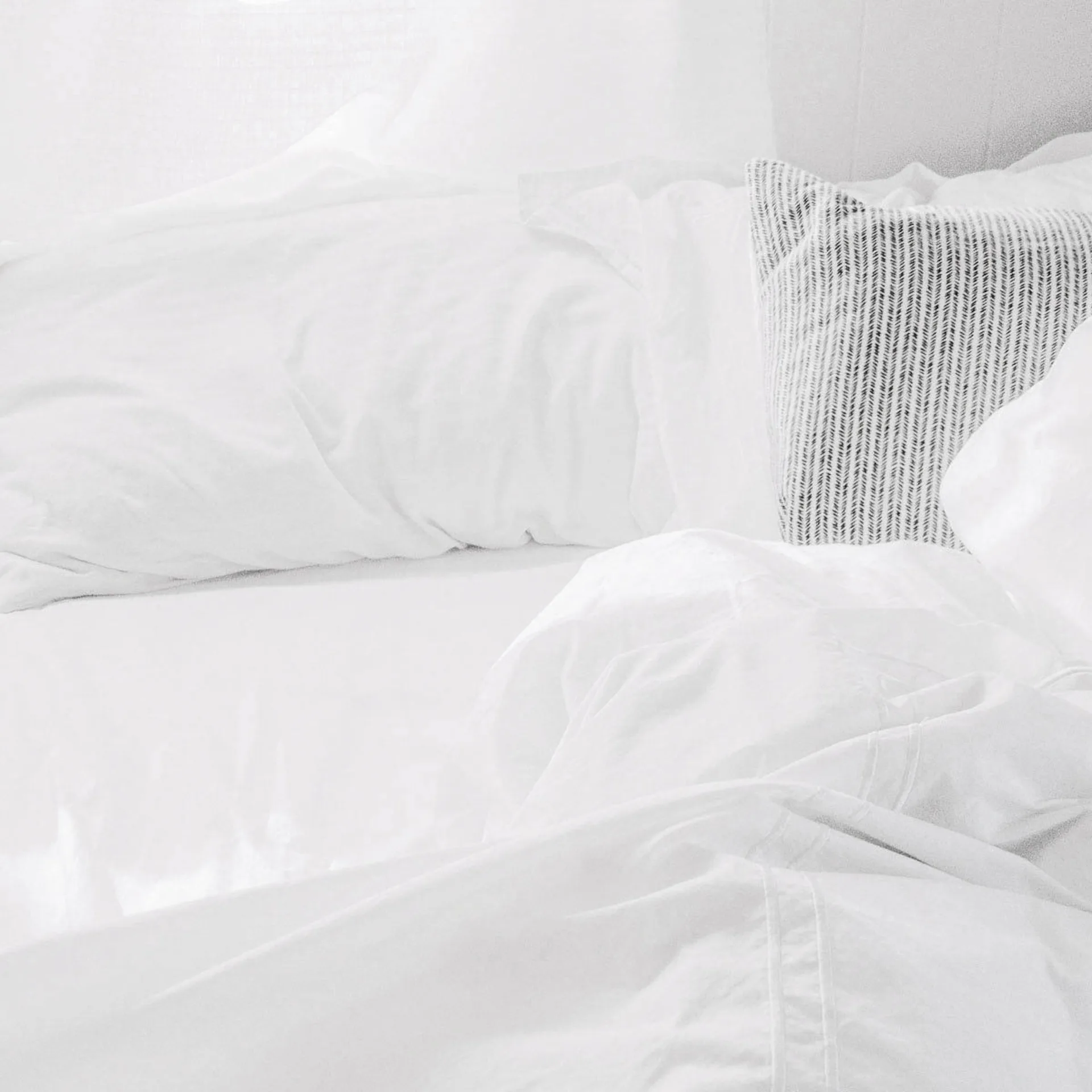Bananas

Contents:
Season for Bananas
Bananas Described
How to Buy and Store Bananas
How to Cook Bananas
Health Benefits of Bananas
Why Buy Natural and Organic Bananas
Season for Bananas Available Year Round
Bananas Described
No packaging, no washing, no utensils required. Bananas may be the fruit of convenience, but they also deliver on the flavor front – not that we need to tell you that! There are two main categories of bananas: The all-famililar sweet bananas – known as eating bananas – and the cooking ones called plantains, which have a much higher starch content and pair well with savory fare.
Although there are hundreds of varieties of sweet bananas, the yellow Cavendish is the most common and popular and you likely chomp on ’em frequently. We say that with confidence for bananas are the most popular fruit around, each American consuming 33 pounds annually! Be on the lookout at some markets for dwarf or finger bananas, too – small but deliciously sweet.
How to Buy and Store Bananas
What’s great about bananas is that you can buy them at any stage in their ripeness, depending on when you plan to use them, what you intend to use them for and your preference for their taste and texture. More ripe equals sweeter and softer. Green tips equal firm and less sweetness. Generally, you want to look for plump, evenly colored bananas. Dark spots could be indicative of damage that occured during transportation and bruised flesh. Also, look for undamaged stem ends and intact skins.
Store your bananas at room temperature away from heat and sun. If you’d like to hasten their ripening, you can place them in a paper bag for a couple of days.
How to Cook Bananas
Throw a banana in just about anywhere for a wholesome, satisfying snack. Slice bananas and strawberries together in the perfect marriage and add your favorite whipped topping. Capitalize on the mouthwatering peanut butter and banana sandwich drizzled with honey – even better than you remember it! Chopped bananas make a great addition to oatmeal, porridge and other cereals. And don’t forget to bake with these babies: You can use bananas to replace sugar in your baking recipes. And perhaps most of all, a life lived without some fried plantains is… well, hardly a life at all.
If you have too many ripe bananas to use, peel and cut them into slices. Wrap tightly and freeze them until you’re ready to use them. Frozen bananas are great added to smoothies, or thawed and used in baking.
Health Benefits of Bananas
Bananas boast a veritable potpourri of health benefits – really. One study in The New England Journal of Medicine found that eating bananas as part of a regular diet can reduce the risk of death by strokes by as much as 40%! We know bananas as one of our best sources of potassium, an essential mineral for maintaining normal blood pressure and heart function, making them a favorite snack for all manner of athletes. The natural sugars also provide a natural energy boost, which we could all use. Bananas are also high in niacin, vitamin C and pectin, a soluble fiber that’s believed to help lower LDL (“bad”) cholesterol levels. We really are just brushing the surface here.
Why Buy Natural and Organic Bananas
Because bananas come prepackaged by Mother Nature herself, the edible part of this fruit is somewhat protected from contamination by pesticides. Unfortunately, that doesn’t protect our air, water and soil from the harmful effects of conventional farming. And, what’s sprayed onto a plant gets absorbed by the roots and is distributed to all parts of said plant, inlcuding the creamy, delicious and beloved banana core. So, when you can, buy organically grown bananas.
image: StuartWebster

